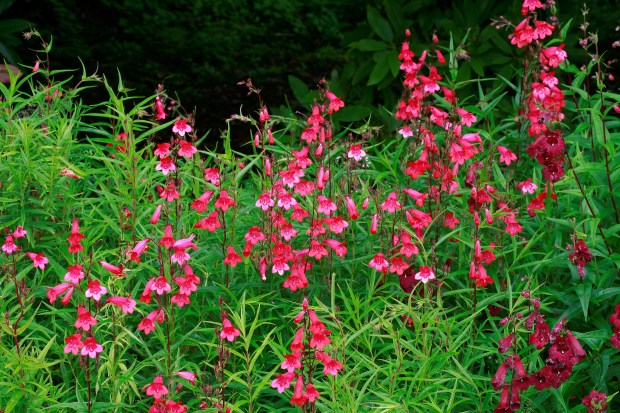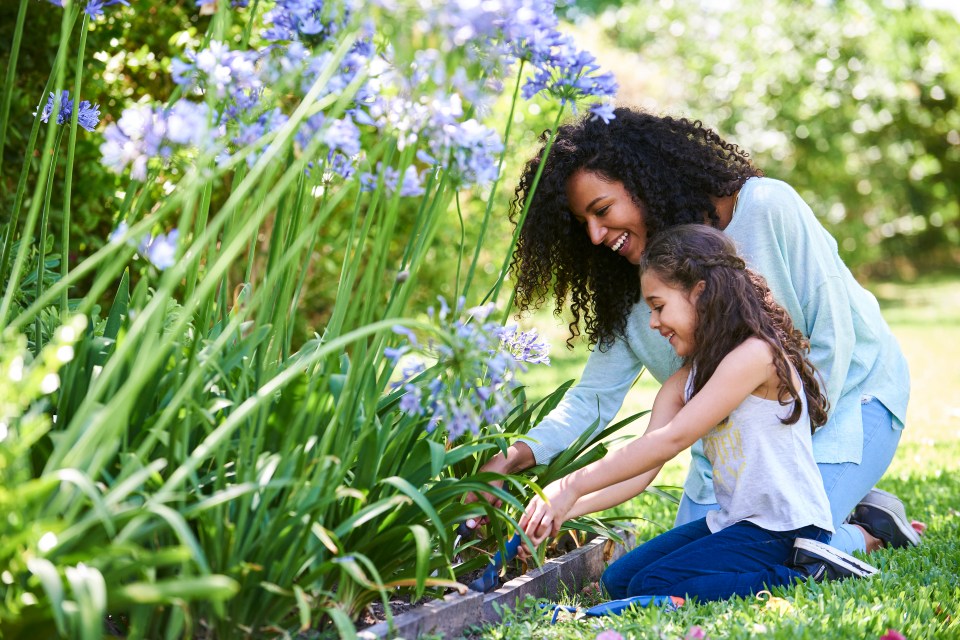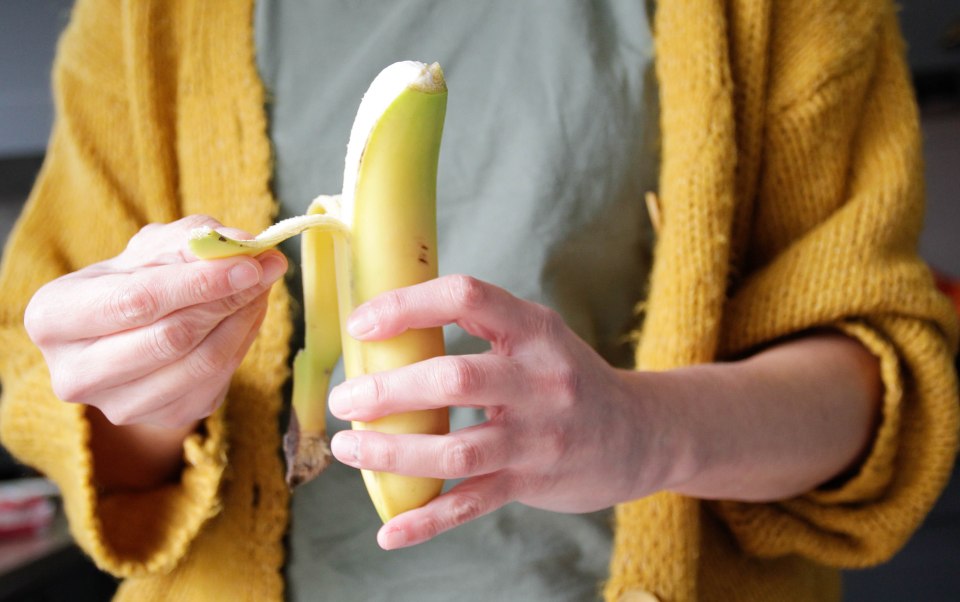GARDEN envy is a real thing – but what if you didn’t need to spend hundreds to give your outdoor space a makeover?
According to experts, a popular 12p fruit is the secret to ”big and brights” blooms – and there are three easy ways to use it.
When it comes to fertilisers, many green-fingered Brits assume they need to dash to the nearest garden centre – but turns out, the humble banana works a treat too.
If you’re interested in using natural fertilisers for your garden, banana skins are a good starting point.
This is because they contain potassium that helps encourage big and bright blooms, phosphorus which makes the roots and shoots stronger, as well as magnesium to help photosynthesis.
There are a few different ways cash-savvy Brits fans could try to create banana skin fertiliser – and they’re all super easy too, even if you’re new to the gardening scene.
Banana compost
One of the foolproof ways to give your garden the extra boost and TLC it needs is by making banana compost, the experts at Thrive reported.
Start by washing some banana skins, chop them up and place them in a lidded container such as a recycled plastic bottle.
Then, fill the container with water, before sealing it and putting to one side for five to seven days.
Every now and then, check the banana liquid to make sure the banana skins are fully submerged into the water – and more importantly, that no mould has formed on top.
If it has, you’ll have to throw away the liquid and start the process again.
If by the end of the week the liquid looks fine, separate the soaked banana skins from the liquid.
Chop the skins into fine pieces to help break them down quicker and then add these to DIY organic compost – it really doesn’t get any easier than this.
Banana tea
But don’t pour the old water down the drain – you can use the remaining liquid, banana tea, too.
Once the banana skins have been sifted out to use in the compost, pour the rest of the water back into the bottle and place the lid back on.
Pierce a tiny hole in the lid so that the bottle can double up as a homemade watering can.
Gardeners can use this banana tea to water indoor and outdoor plants and flowers.
This 12p trick works a treat for indoor seedlings as you can control the direction of the water and make sure you don’t get too much of the liquid on the leaves of the young plants.
8 must-have plants to brighten up your garden

Nick Hamilton owner of Barnsdale Gardens has shared his favourite plants and flowers you should consider adding to your garden, borders and pots.
Tricyrtis
A spectacular plant that gives a real exotic feel to any garden with its orchid-like, spotted flowers giving the impression that this plant should be tender but it is “as tough as old boots!”.
Penstemon
I love this plants genus of because most will flower all summer and autumn. They’ll grow in sun or semi-shade in a well drained soil and produce a non-stop display of tubular flowers in an array of colours and colour combination to suit all tastes.
Luzula sylvatica ‘Marginata’
With the evergreen leaves edged with yellow it’s great asset is that it
will grow in sun or shade in any type of soil and is great as groundcover in the hardest spot to fill – dry shade.
Eryngium x zabelii ‘Big Blue’
A stunning, nectar-rich plant that will feed the beneficial insects in your
garden. Leave the flowerheads once they have turned brown because they look stunning with winter frost and snow, extending the plant’s interest period.
Sarcococca hookeriana ‘Winter Gem’
If you need winter scent then look no further than this compact, evergreen shrub. The scent is stunning and the evergreen leaves create an excellent backdrop for the summer flowers.
Cornus sanguinea ‘Anny’s Winter Orange’
A dwarf version of ‘Midwinter Fire’ the very colourful stems create a stunning winter display, particularly on sunny days.
Rosa ‘Noisette Carnee’
A very well-behaved climbing rose that is perfect for training over an arch, pergola or gazebo. The small, “noisette” flowers are blush-pink and produce the most amazing clove scent constantly from June to November.
Sanguisorba hakusanensis ‘Lilac Squirrel’
I’ve never seen a squirrel with a drooping, shaggy lilac tail, but this variety will give your garden an unusual and different look throughout summer. It does need a moisture retentive soil but will grow in sun or semi-shade.
Banana powder
Another thrifty way to make your outdoor space thrive this season is by making banana powder.
For this, you’ll first need to wash some banana skins, before popping them into the oven to bake for about three hours at 100 degrees.
As well as getting rid of the moisture in the skins, baking at a low heat also ensures that you don’t lose any of the precious nutrients the plants will love.
Once the time is up, remove the skins from the oven. If you hear a crunching sound when you break them up, you’ll know the moisture has been removed.
Grind the baked banana skins to a really fine powder – you can do this using a pestle and mortar or do it in a blender for quicker results.
The purse-friendly powder acts as a slow-release organic fertiliser and as it helps to encourage healthy blooms, you can also mix it into cut flowers when potting them up for your garden.
To prevent any fungus or mould getting in, it’s best to store the fertiliser in an airtight container, such as an empty herb or spice jar.









